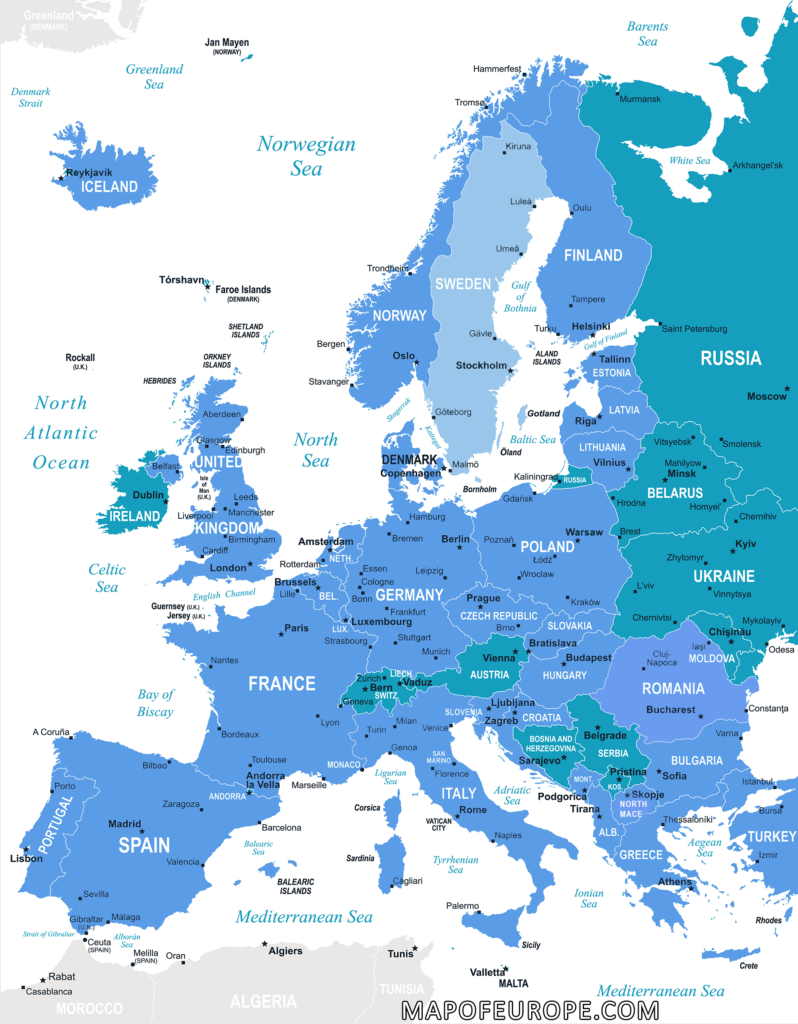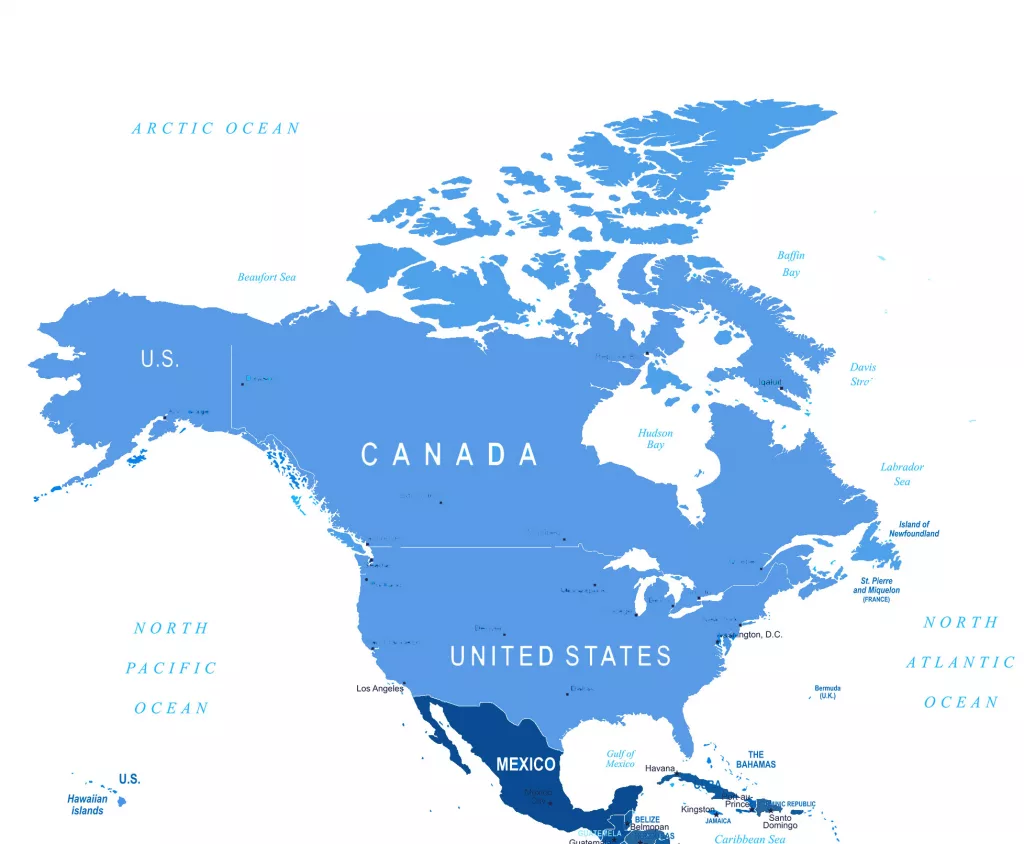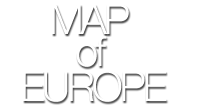In 2023, Finland finds itself at a crossroads in its foreign policy. For decades, the country has remained neutral, seeking to balance its relationship with both Russia and the West. However, recent events in the region have sparked renewed discussion about Finland’s potential membership in NATO, a move that would fundamentally alter the country’s strategic position.
Map of European Member States of NATO as of April 2023

The impetus for Finland’s potential shift towards NATO membership comes from the increasingly aggressive behavior of Russia under the leadership of President Vladimir Putin. The annexation of Crimea in 2014 and subsequent destabilization of eastern Ukraine has alarmed many in the region, particularly those countries with Russian minorities or historical ties to the former Soviet Union. For Finland, which shares a 1,300 kilometer border with Russia, the threat of aggression is particularly acute.
Moreover, Russia’s recent military exercises and the increased frequency of Russian military flights over the Baltic Sea have raised concerns about the potential for accidents or incidents in the region. The close proximity of Finland to these activities means that the country is particularly vulnerable to any escalation of tensions.
North American Member States as of April 2023

For these reasons, many in Finland have begun to seriously consider the benefits of joining NATO. Membership in the alliance would provide the country with a clear security guarantee, allowing it to benefit from the collective defense capabilities of the organization. It would also send a strong signal to Russia that any aggression against Finland would be met with a strong response from the international community.
However, there are also significant drawbacks to joining NATO. Perhaps most importantly, it would likely further inflame tensions with Russia, potentially leading to a more aggressive stance from Moscow. It would also complicate relations with other neighbors who have chosen to remain outside the alliance, such as Sweden and Finland’s other Baltic neighbors.
Complete list of the 31 Nato Nations (as of April 2023)
| Country | Membership Year |
| Belgium | 1949 |
| Canada | 1949 |
| Denmark | 1949 |
| France | 1949 |
| Iceland | 1949 |
| Italy | 1949 |
| Luxembourg | 1949 |
| The Netherlands | 1949 |
| Norway | 1949 |
| Portugal | 1949 |
| The United Kingdom | 1949 |
| The United States | 1949 |
| Greece | 1952 |
| Turkey | 1952 |
| Germany | 1955 |
| Spain | 1982 |
| Czechia | 1999 |
| Hungary | 1999 |
| Poland | 1999 |
| Bulgaria | 2004 |
| Estonia | 2004 |
| Latvia | 2004 |
| Lithuania | 2004 |
| Romania | 2004 |
| Slovakia | 2004 |
| Slovenia | 2004 |
| Albania | 2009 |
| Croatia | 2009 |
| Montenegro | 2017 |
| North Macedonia | 2020 |
| Finland | 2023 |
The possibility of Sweden joining NATO is also a topic of discussion in 2023. Like Finland, Sweden has long maintained a policy of neutrality, but recent events have caused some in the country to reconsider this stance. In particular, the 2022 Russian invasion of Estonia, Latvia, and Lithuania has raised concerns about the vulnerability of the Baltic region and the potential for Russian aggression against Sweden.
However, unlike Finland, Sweden is not geographically contiguous with NATO member states, which makes joining the alliance a more complicated proposition. It would require significant investment in military infrastructure and capabilities, as well as a shift in the country’s foreign policy priorities. Sweden would also need to navigate the complicated politics of NATO membership, including the potential for opposition from other Nordic countries, particularly Finland.
Which European nations are not in NATO?
- Andorra
- Armenia
- Austria
- Azerbaijan
- Belarus
- Bosnia and Herzegovina
- Cyprus
- Georgia
- Ireland
- Kosovo
- Liechtenstein
- Malta
- Moldova
- Monaco
- Russia
- San Marino
- Serbia
- Sweden
- Switzerland
- Ukraine
- Vatican City
The possibility of both Finland and Sweden joining NATO in the near future has significant implications for the broader security landscape of the region. It would bring two new countries into the alliance, increasing its size and capabilities. It would also further isolate Russia, potentially leading to a more aggressive stance from Moscow. Moreover, it could complicate relations between NATO and other countries in the region, particularly those with historic ties to Russia.
At the same time, there are significant risks associated with both countries joining NATO. It could further inflame tensions with Russia, potentially leading to a more dangerous security environment. It could also complicate relations between Nordic countries, particularly if Finland and Sweden have different perspectives on the benefits and risks of NATO membership.
Ultimately, the decision of whether to join NATO is a complex one for both Finland and Sweden. It requires careful consideration of both the benefits and risks of membership, as well as an assessment of the broader security landscape in the region. In 2023, the debate over NATO membership in these countries is likely to continue, with significant implications for the future of the region.
Some experts have suggested that Finland and Sweden could potentially seek a form of hybrid or associate membership in NATO, which would allow them to benefit from the security guarantees provided by the alliance while maintaining some degree of independence in their foreign policy. However, this approach could also be seen as a half measure, leaving these countries vulnerable to potential aggression from Russia without the full protection of the alliance.
Another factor that could influence the decision of both Finland and Sweden is the evolving political landscape in Europe and the United States. The rise of populist and nationalist movements in many European countries, as well as the increasingly isolationist stance of the United States under the Trump administration, has led to questions about the continued viability of NATO and other international institutions. This could create a sense of uncertainty and instability that could make it more difficult for these countries to commit to NATO membership.
Despite these challenges, there are strong arguments in favor of Finland and Sweden joining NATO. The alliance remains the most powerful military organization in the world, with the ability to deter potential adversaries and respond to threats quickly and effectively. Moreover, NATO membership would bring Finland and Sweden into closer alignment with the values and interests of other Western democracies, creating new opportunities for collaboration and cooperation.
In the end, the decision of whether to join NATO will likely come down to a calculation of risk versus reward. Finland and Sweden must weigh the potential benefits of membership against the potential costs, taking into account the complex political, economic, and security factors at play in the region. The decision will be difficult and may be influenced by a range of internal and external factors, but it is clear that the debate over NATO membership will continue to be a major topic of discussion in the region for years to come.

